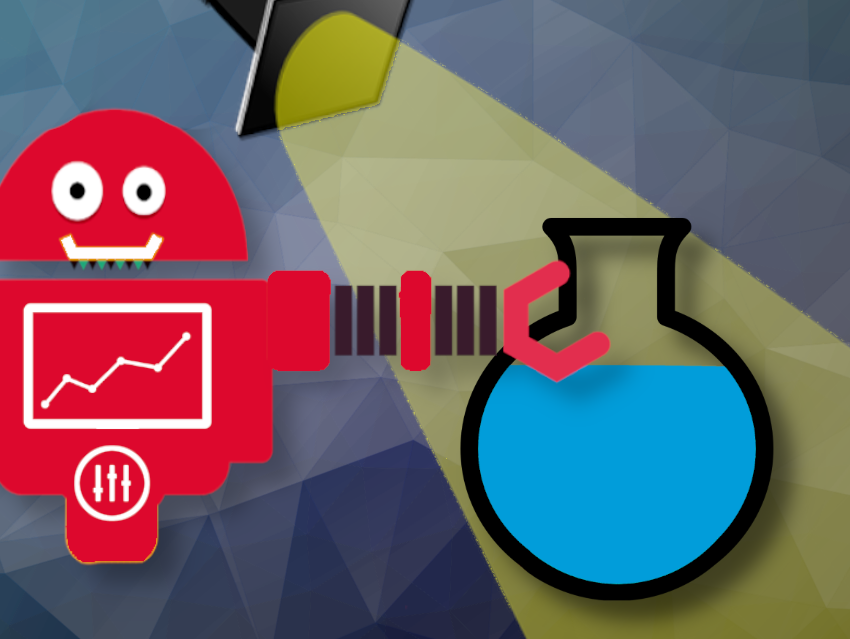Photocatalysis uses light to trigger reactions under mild conditions, advancing synthesis methods for pharmaceuticals, agrochemicals, and materials. Challenges in optimizing, replicating, and scaling up these techniques come from non-uniform light absorption, experimental variability, and chemical complexities such as poorly understood reaction mechanisms and complex interactions between different variables. Optimizing photocatalytic processes is crucial but demands time, expertise, and precision.
Timothy Noël and colleagues, University of Amsterdam, the Netherlands, have developed RoboChem, a robotic platform that facilitates the self-optimization, intensification, and scale-up of photocatalytic transformations by adjusting parameters such as reagent concentration, catalyst loading, and light intensity to improve reaction yield, throughput, or a combination thereof. RoboChem looks for a tailor-made optimization for each substrate and can optimize the synthesis of 10–20 molecules per week. This exceeds the speed of human chemists and eliminates the need for extensive expertise in photocatalysis or scaling processes to achieve optimal results.
RoboChem works by being told what reaction conditions to vary within a certain range and preparing the stock solutions. The open-source platform combines a liquid handler, syringe pumps, a tunable continuous-flow photoreactor, inexpensive Internet of Things devices, and an in-line benchtop NMR spectrometer to enable automated, data-rich optimization with a closed-loop Bayesian optimization strategy. An easy-to-use graphical interface allows chemists without programming or machine learning expertise to easily monitor, analyze, and improve photocatalytic reactions with respect to both continuous and discrete variables.
Operating within a continuous flow microreactor, the platform effectively addresses mass, heat, and photon transport considerations, resulting in the generation of well-structured datasets. These data sets capture both positive and negative results, thereby highlighting the influence of specific variables on the targeted objective function.
The team tested the platform’s capabilities across a diverse set of 19 molecules, covering different facets of photocatalysis, such as hydrogen atom transfer photocatalysis, photoredox catalysis, and metallaphotocatalysis. In some cases RoboChem has doubled product yields compared to published syntheses. The researchers hope to adapt the robot’s capabilities to optimize heat- or electricity-driven reactions.
- Automated self-optimization, intensification, and scale-up of photocatalysis in flow,
Aidan Slattery, Zhenghui Wen, Pauline Tenblad, Jesús Sanjosé-Orduna, Diego Pintossi, Tim den Hartog, Timothy Noël,
Science 2024, 383(6681).
https://doi.org/10.1126/science.adj1817
Also of Interest

An expanding compilation of articles concerning the intersection of artificial intelligence and chemistry



